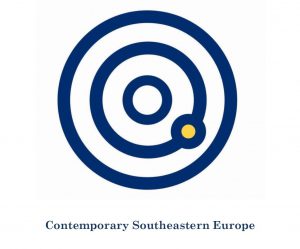
This is a state-of-the-art scientific analysis on EU Twinning Projects in Serbia just published on Contemporary Southeastern Europe. It was jointly drafted by Fotis Fitsilis and Aleksandra Jovanovic and among others constitutes good practice of Twinning follow-up cooperation.
Title: EU Twinning Projects in Serbia: Analysis of Policy Areas and the Influence of Member States
Abstract: This article examines the developments around the application of the Twinning modality in Serbia, from 2004 to 2019, its sectoral distribution and impact, and the frequency of EU member states’ participation. Besides providing an accurate state-of-play, it attempts, for the first time in the literature, to map the influence of member states in Serbia’s EU accession process through their participation in Twinning projects. Findings show that, in the given period, more than half of the Twinning projects dealt with the justice and home affairs and agriculture policy areas. This is in line with the importance attributed to those sectors in EU and Serbian strategic documents. The article focuses on a macro-analysis of such projects in Serbia, revitalising their link with the wider Europeanisation process. More specifically, the identification of specific aspects of the Europeanisation process takes place through Radaelli’s approach. Furthermore, political and economic relations between Serbia and EU member states, which are viewed as Europeanisation facilitating factors and goals, are also discussed, e.g. through bilateral trade and the influx of Foreign Direct Investments.
Reference (Harvard): Fitsilis, F. and Jovanovic, A. (2021) EU Twinning Projects in Serbia: Analysis of Policy Areas and the Influence of Member States. Contemporary Southeastern Europe 8(1), pp. 67-93.
DOI: https://doi.org/10.25364/02.8:2021.1.6
******
